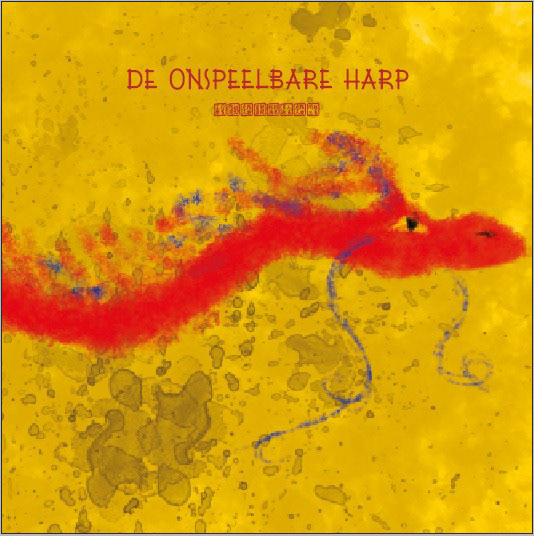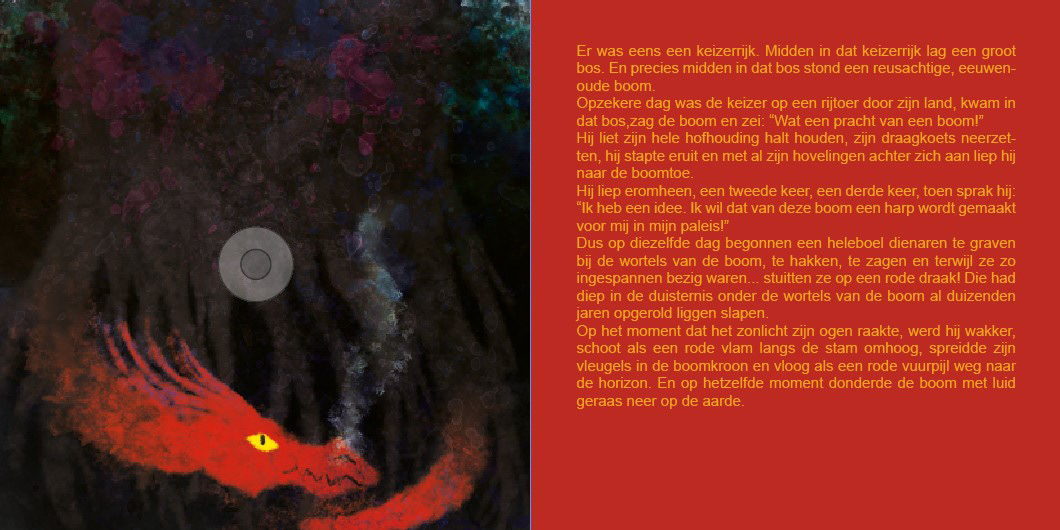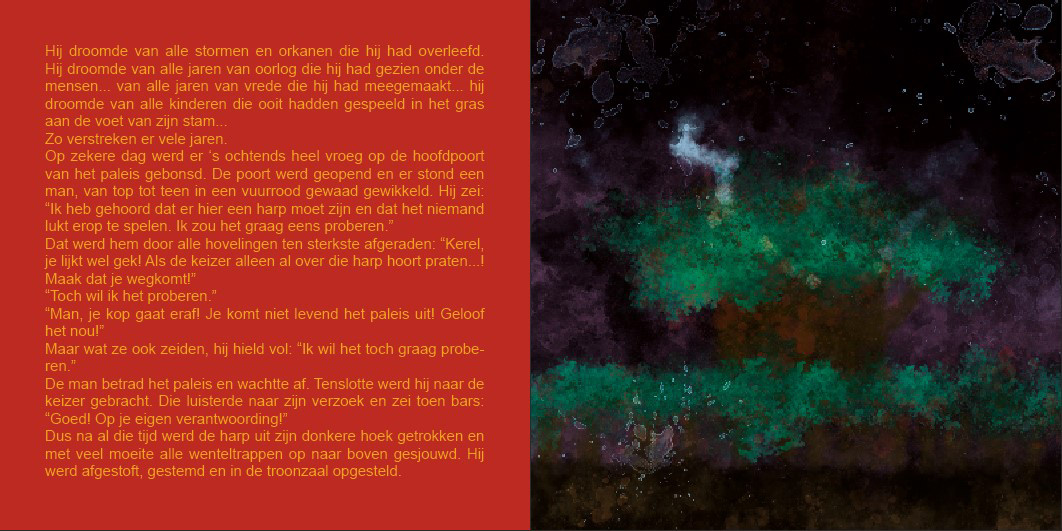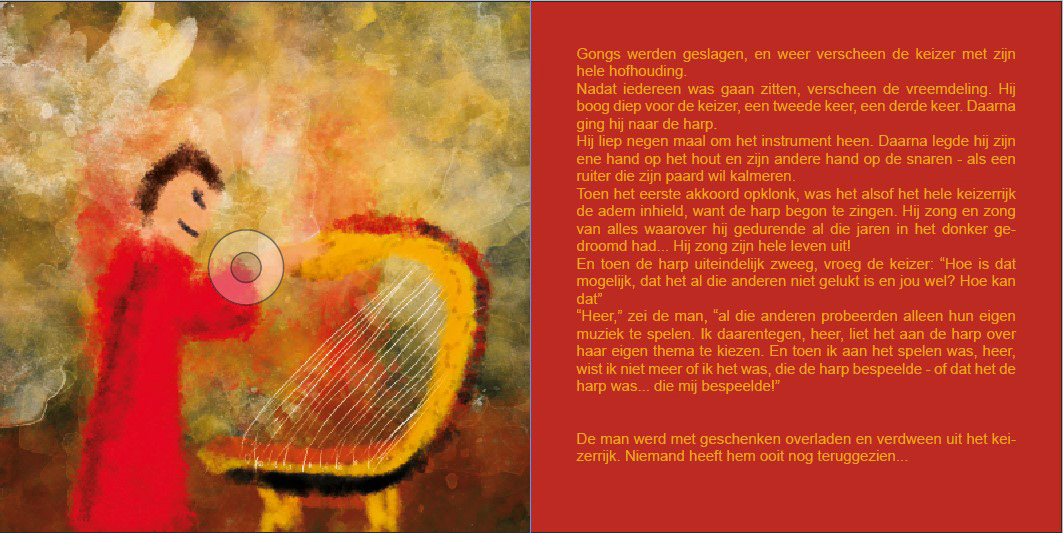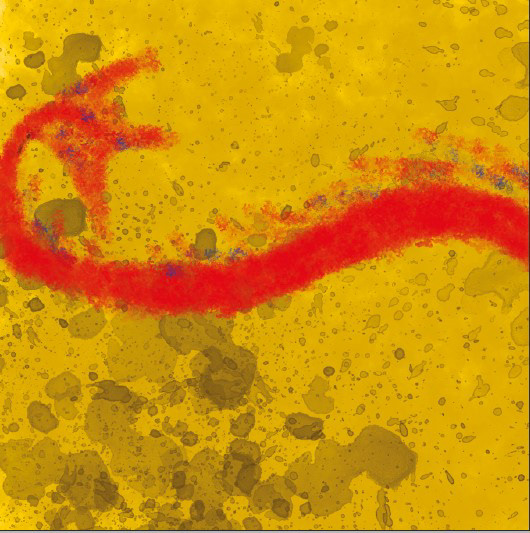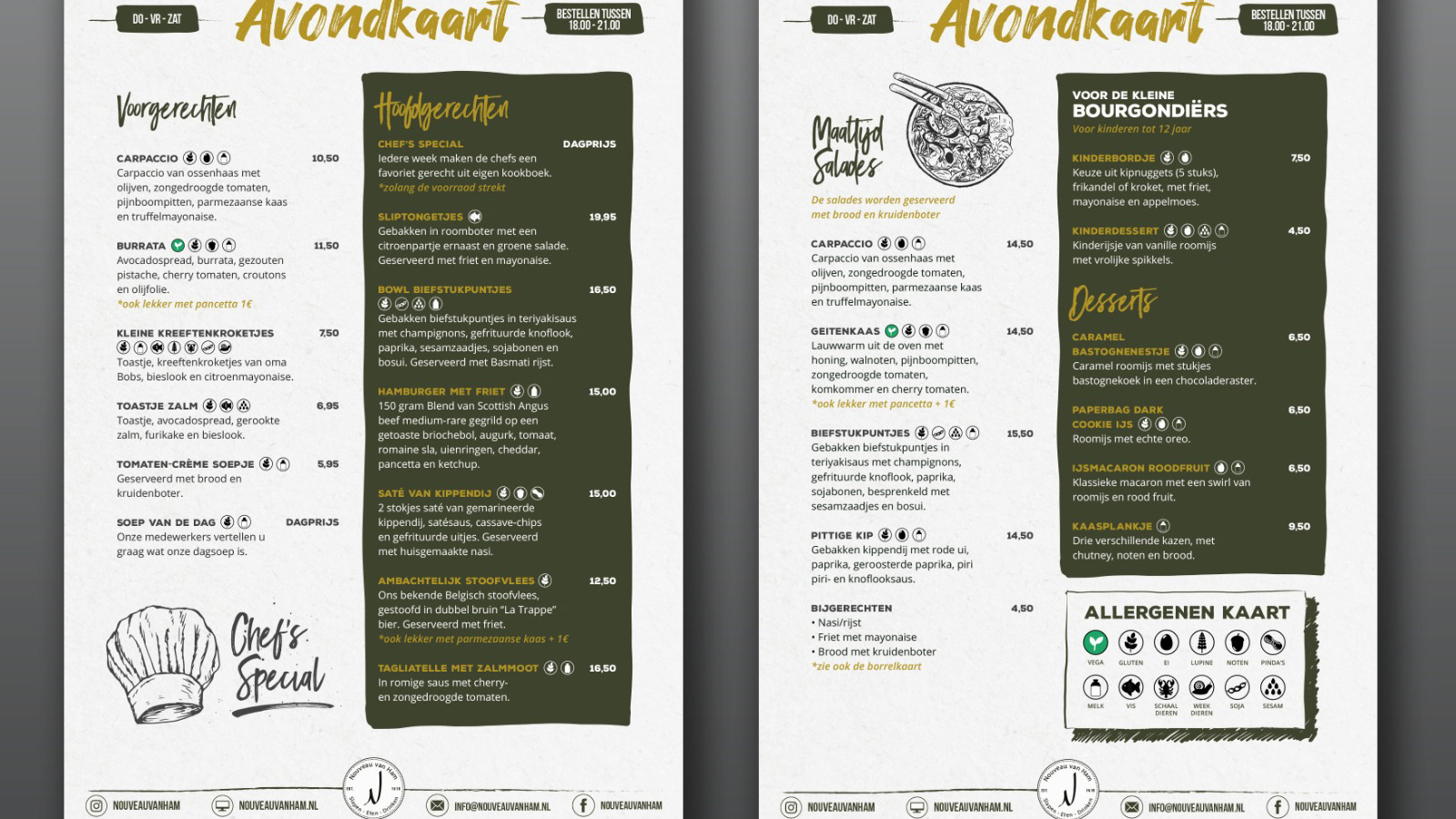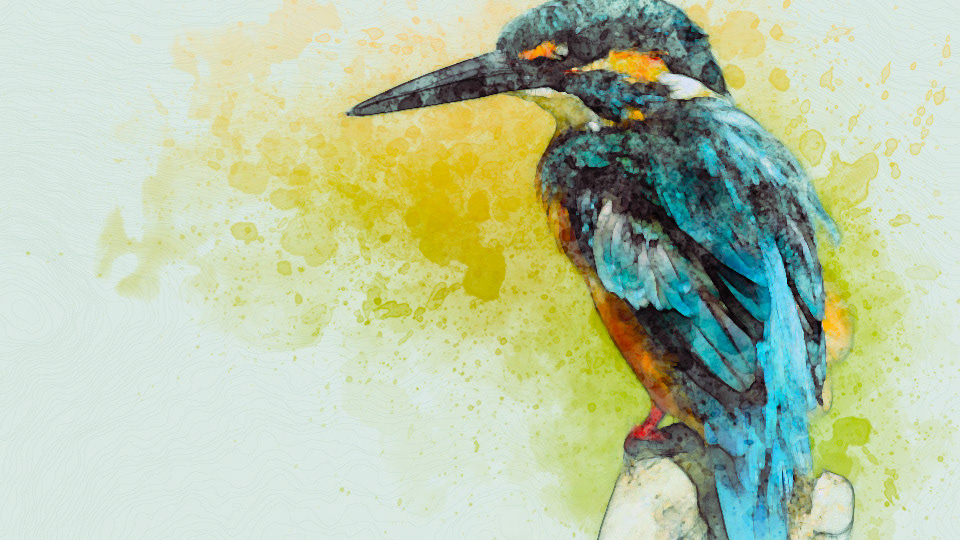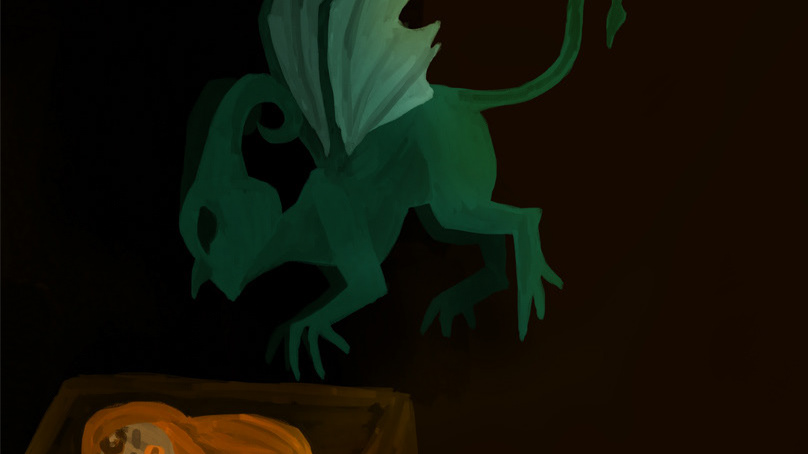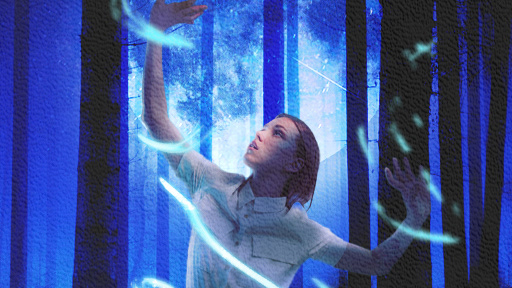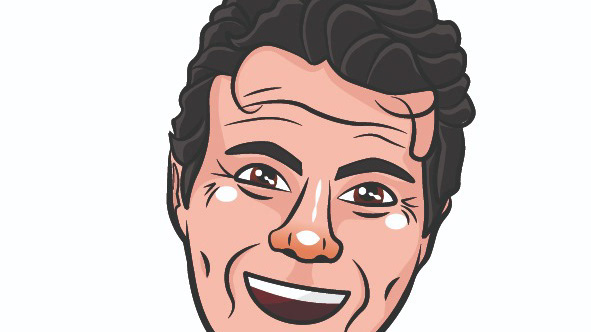The Unplayable Harp
The Unplayable Harp is a Chinese fairy tale about an emperor, who, after traveling through a forest one day, sees an enormous and ancient tree. He has it cut down by his entire staff and orders them to make it into the most beautiful harp the kingdom has ever seen. But when they cut down the tree, they awaken the dragon that has been sleeping in its roots, and it shoots up to the sky, only never to be seen again. And so the staff made the harp, they brought it to the castle in a big parade, but then something went wrong. The best harpists in the entire kingdom were invited to play the instrument in front of their emperor, but it sounded horribly false. Beyond angry, the emperor orders his servants to take it to the deepest and darkest dungeon in his castle. There it sat for years, collecting dust, dreaming about its old life as a young, strong tree. That was, until a mysterious man showed up at the castle, dressed in red. He insisted on playing the harp, even though the emperor's staff warned him that he would have his head for the request. However, they dug the harp up from its prison and the man got his chance. He walked around it thrice, placed his hand upon its neck and then started to play. It sounded beautiful, only because he let the harp tell her own story instead of playing his, like so many before him did.
Starting out
I didn't immediately start out with that story on my mind. I needed to find a story where I could illustrate certain parts of the story, because I wanted to make a short picture book. In the beginning of this project, I had a few stories I could choose from. All were more or less children's stories, but they could also be interpreted as a simple story with a message for a teen audience. So, it was really up to me where I wanted to go with it. Though, since I've always really liked fairy tales and the simplicity of being a child, I chose to pick the story of the unplayable harp and make it into a children's picture book.
After deciding to pick this story, I did some research as to styles used in other picture books and made a collage of photos for inspiration for certain elements I wanted to use in the picture book before I went and started sketching and experimenting with materials.
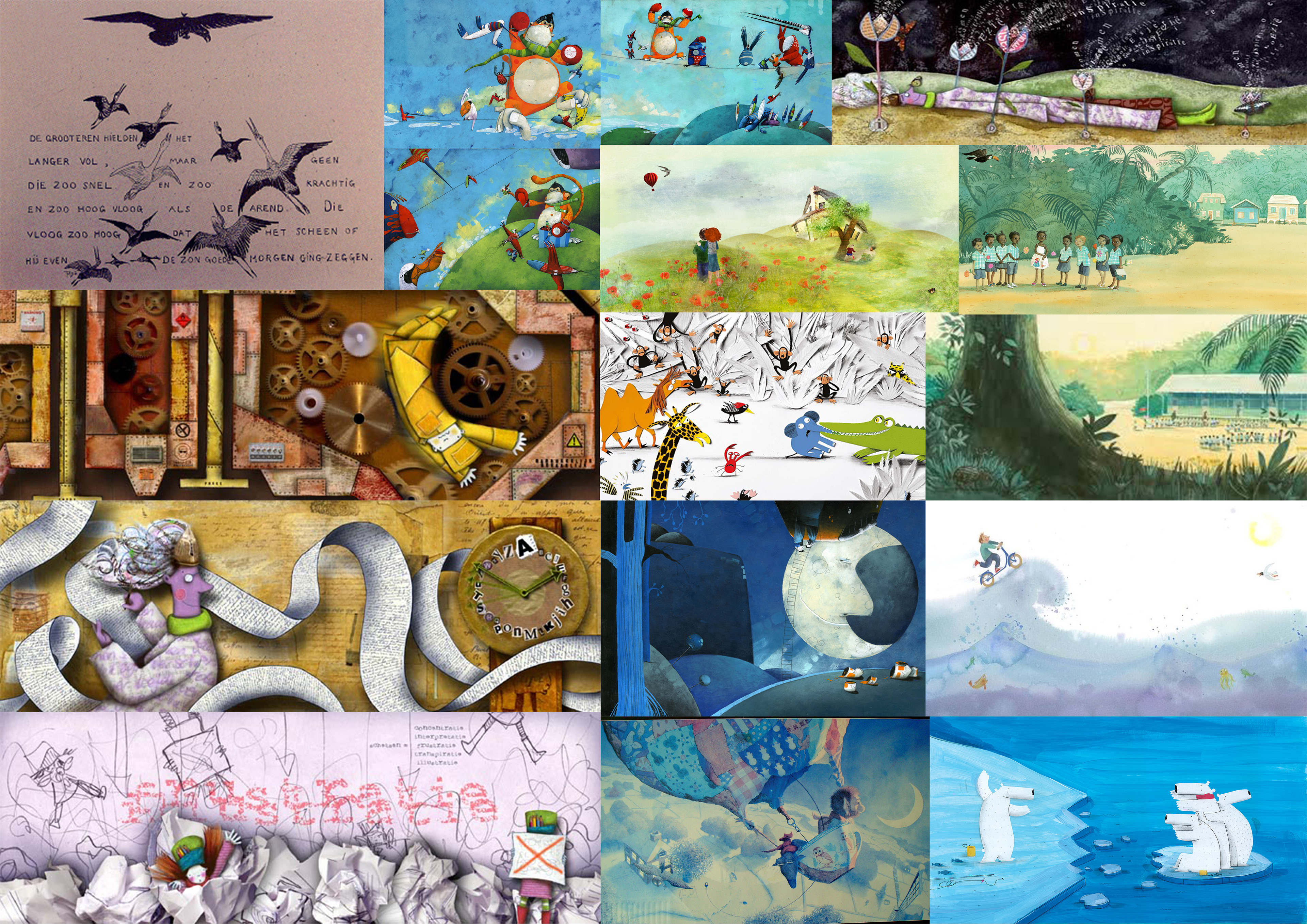
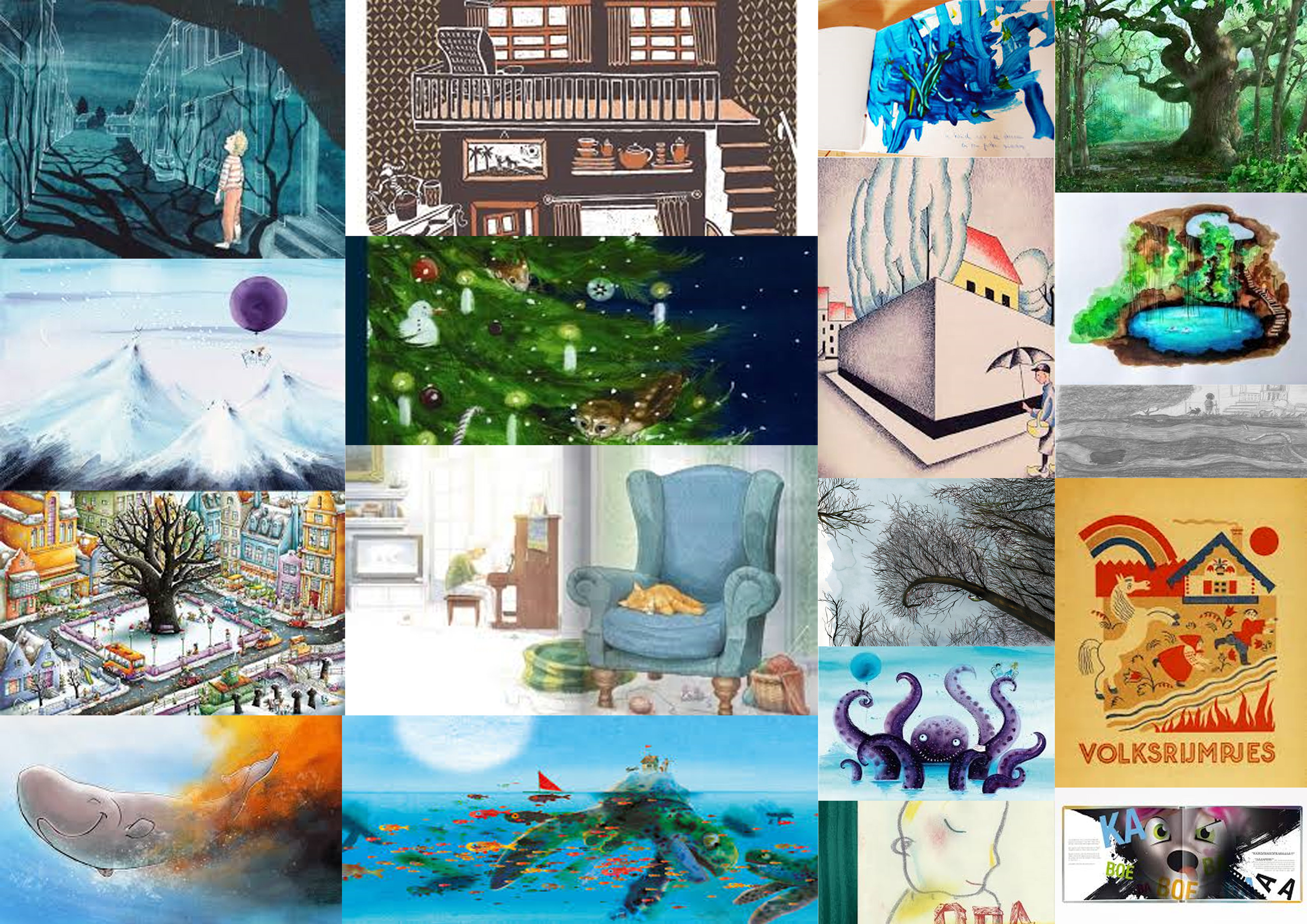
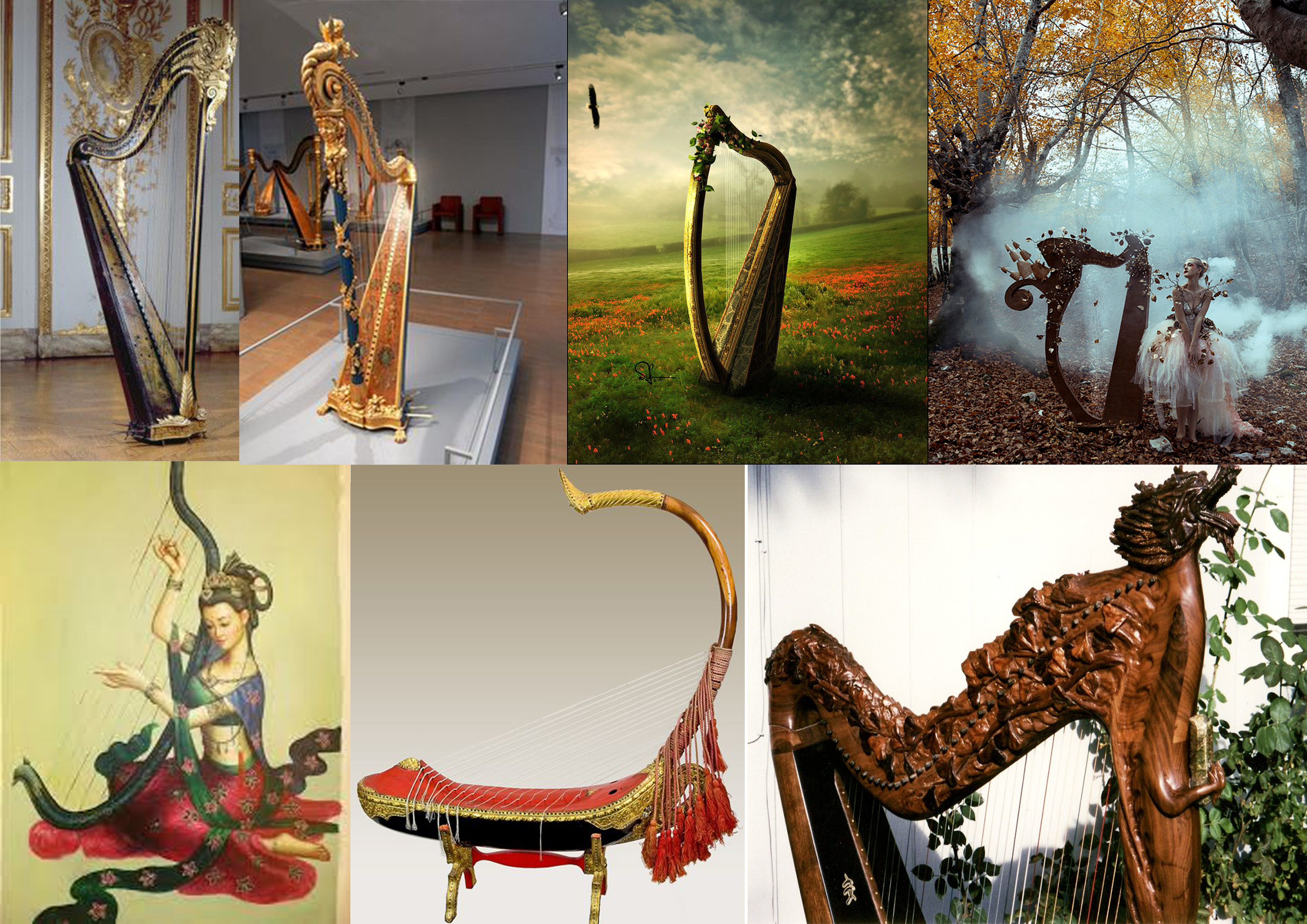
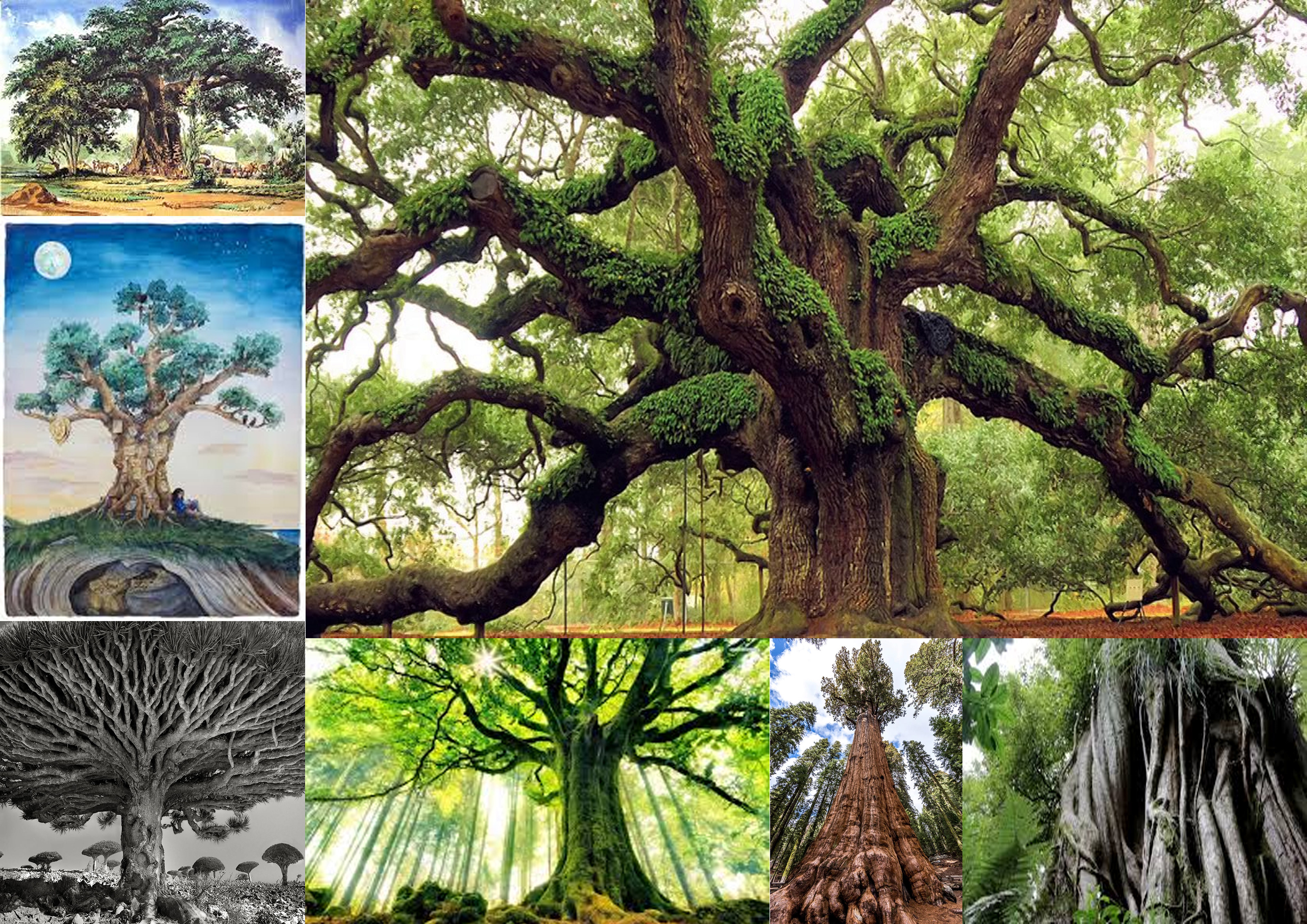
Experimenting and Sketching
First, I read the story, because I needed to know what it was about and maybe already pick the scenes that I wanted to illustrate. At least make a note of which ones interested me or particularly stood out to me. After I did that I started experimenting with different materials such as ink, watercolor, colored pencils, etc. I also started sketching, trying out different styles and materials out on the sketches. I didn't really sketch a lot for the things later in the story, and got a little stuck on the first part, but that's only because I wanted it to be as perfect as I could make it.
Sadly, since it has been some time (I started this draft in 2019 and published it early 2021) and as it was a project for school, I have lost the sketching process. I really hate to skip out on those, as it really shows how an idea came into motion and it is really one of the most important steps of designing.
Illustrating
I spent a little too much time on the sketching and experimenting of manual materials, without actually producing concrete ideas. Also, when I looked back at them, I didn't really feel like manual illustrations were the way to go. And so I got out my trusty drawing tablet and started trying out a few things in Adobe Photoshop. I used my Watercolor Paint brush-set that I still had from the picture series with watercolor textures that I made and started messing around a little to get the feel of them. After that I started illustrating the scenes that I wanted to use. I opted to keep them a little loose and not as detailed, because picture books are usually know for simplicity. It was also very hard to make detailed illustrations with only watercolor brushes. But it did work out in the end.


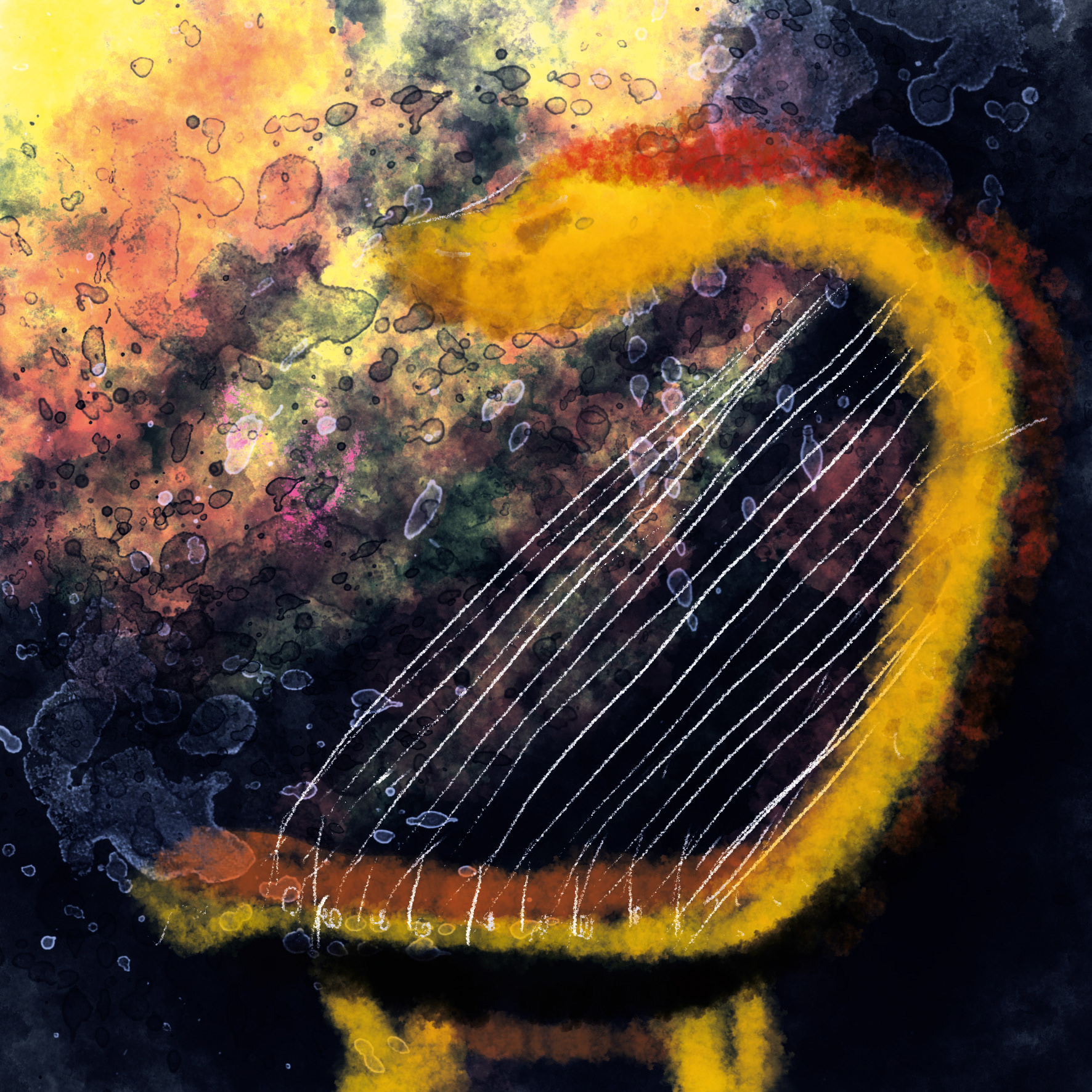
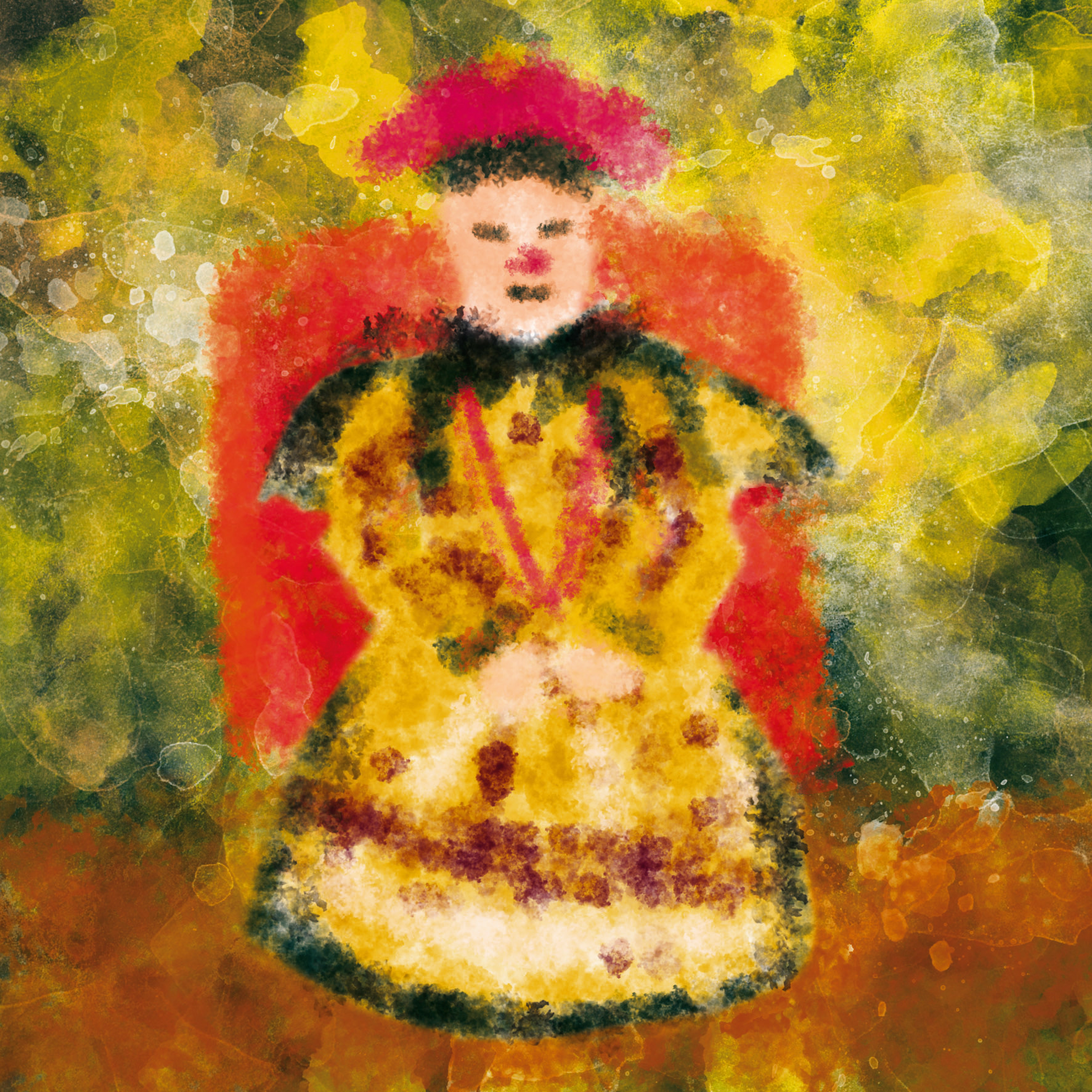


Creating the picture book
Now I had my illustrations, it was time to make the picture book. I opened Adobe Indesign and made a document with several pages. Then I looked back to my illustrations and tried to pick colors that stood central in each illustration. Those were yellow and red. I used those colors subconsciously, I now realize, because they make me think of China. I looked at fonts too, and chose one that looked like the letters were constructed of bamboo for the title, while just using a standard font for the body, as that shouldn't draw attention away from the illustrations. I also switched around the page that had the illustration on it and the page that had the text on it every two pages, so it wouldn't look too static. Eventually it looked like this:
